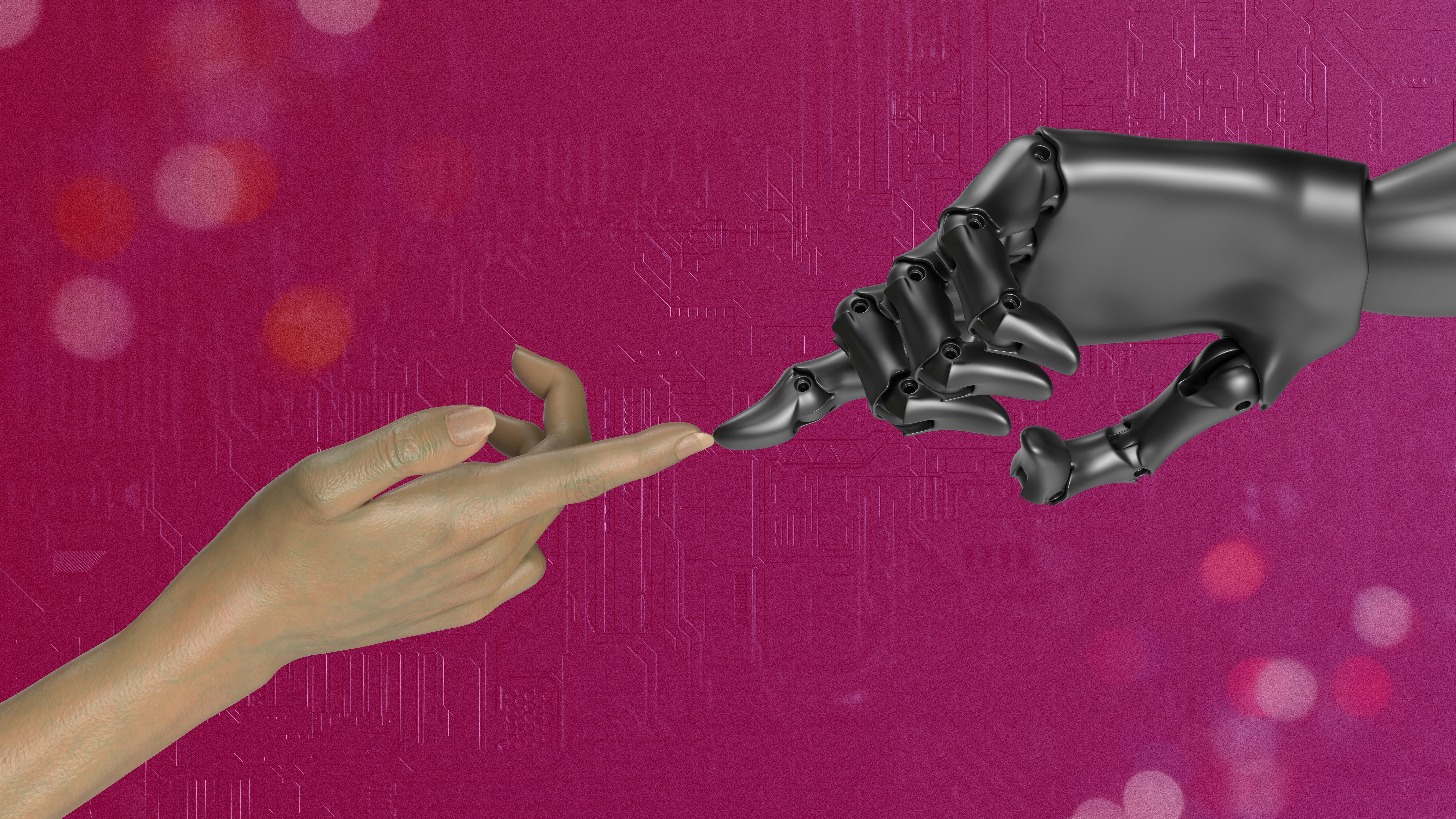The case for Humans in the loop
In an era of rapid technological advancement, artificial intelligence (AI) is reshaping how we work and live. According to PwC's Global AI Study, AI could contribute up to $15.7 trillion to the global economy by 2030—more than the current output of China and India combined. Yet, as organizations race to implement AI solutions, a crucial question emerges: Will AI completely replace human workers, or are we entering an age of unprecedented human-machine collaboration?
Understanding Different Types of Intelligence
To grasp the future of work, we must first understand three distinct forms of intelligence that shape our modern workplace.
Artificial Intelligence (AI1)
Traditional AI excels at processing vast amounts of data and performing repetitive tasks with unwavering consistency. According to McKinsey Global Institute's research, AI systems can analyze 2,000+ work activities across 800 occupations, potentially automating up to 50% of today's work tasks. This computational prowess enables AI to:
Process and analyze data at unprecedented speeds
Identify complex patterns in large datasets
Maintain consistent performance without fatigue
Execute precise, repetitive operations
Human Intelligence (AI2)
While machines master calculations, humans possess unique capabilities that current AI cannot replicate. Research from MIT's Human Intelligence Laboratory highlights that human intelligence encompasses:
Emotional understanding and empathy
Cultural awareness and sensitivity
Intuitive decision-making
Creative problem-solving
Ethical judgment
Augmented Intelligence (AI3)
The fusion of human and machine capabilities creates what experts call "Augmented Intelligence." Deloitte's 2023 Tech Trends report indicates that organizations implementing augmented intelligence solutions see a 40% increase in productivity and a 35% reduction in errors compared to either humans or AI working alone.
Tasks Machines Excel At
Modern AI systems have demonstrated remarkable capabilities in specific domains, according to the International Federation of Robotics:
Repetitive Operations
Manufacturing: Robot installations increased by 12% globally in 2022
Data Processing: IBM Research reports AI systems can analyze millions of transactions per second
Quality Control: Machine vision systems achieve 99.9% accuracy in defect detection
Pattern Recognition
According to Stanford's AI Index Report, AI outperforms humans in:
Image Classification: 98% accuracy in medical image analysis
Speech Recognition: 95% accuracy in multiple languages
Predictive Analytics: 85% accuracy in market trend forecasting
Speed and Accuracy
Research from Google AI demonstrates that in controlled environments, AI systems show:
Processing speeds up to 1 million times faster than human capabilities
Error rates below 0.01% for standardized tasks
24/7 operational capacity without performance degradation
Tasks That Still Need Human Touch
Despite AI's impressive capabilities, numerous areas remain firmly in the human domain:
Complex Decision Making
Harvard Business Review's research shows humans excel in situations requiring:
Strategic Planning: Long-term vision and market understanding
Ethical Considerations: 87% of executives believe human judgment is crucial for ethical decisions
Risk Assessment: Evaluating unprecedented situations and black swan events
Creative and Innovative Work
The World Economic Forum's Future of Jobs Report 2023 emphasizes human superiority in:
Original Thinking: Generating truly novel ideas
Artistic Creation: Emotional and contextual expression
Innovation Development: Cross-disciplinary problem-solving
Emotional and Social Tasks
MIT Technology Review research shows humans significantly outperform AI in:
Building Trust: 76% of customers prefer human interaction for complex services
Team Leadership: Understanding and motivating diverse teams
Conflict Resolution: Navigating complex interpersonal dynamics
Real-World Success Stories
Modern Applications
Today's successful human-AI partnerships include:
Healthcare:
Nature Medicine reports AI assists in diagnosis, achieving 92% accuracy
Human doctors provide final judgment and patient care
Combined approach reduces diagnostic errors by 85%
Financial Analysis:
Bloomberg Intelligence shows:
AI processes market data in milliseconds
Human analysts interpret broader economic context
Hybrid teams achieve 63% better investment returns
Creative Industries:
Adobe's State of Creative AI indicates:
AI generates initial concepts and variations
Humans refine and contextualize outputs
Collaboration reduces project time by 40%
The Future Workplace
The "New Diversity"
According to Gartner's Future of Work Report, as we move toward 2025:
58% of companies are implementing human-AI collaborative teams
Process optimization improves by 45% with hybrid approaches
73% of employees report higher job satisfaction in collaborative frameworks
Required Skills Development
The World Economic Forum identifies key skills for the AI age:
AI Literacy: Understanding AI capabilities and limitations
Adaptive Thinking: Rapidly responding to changing scenarios
Collaboration: Effectively working with AI systems
Implementation Strategy
To successfully integrate human and AI capabilities, MIT Sloan Management Review recommends:
Assess current processes and identify automation opportunities
Develop clear frameworks for human-AI collaboration
Invest in continuous training and skill development
Establish metrics for measuring collaborative success
Regularly review and optimize integration strategies
Additional Resources
Learning Platforms
Professional Organizations
Recommended Reading
"Human + Machine: Reimagining Work in the Age of AI" by Paul R. Daugherty
"The AI Advantage" by Thomas H. Davenport
"AI Superpowers" by Kai-Fu Lee




